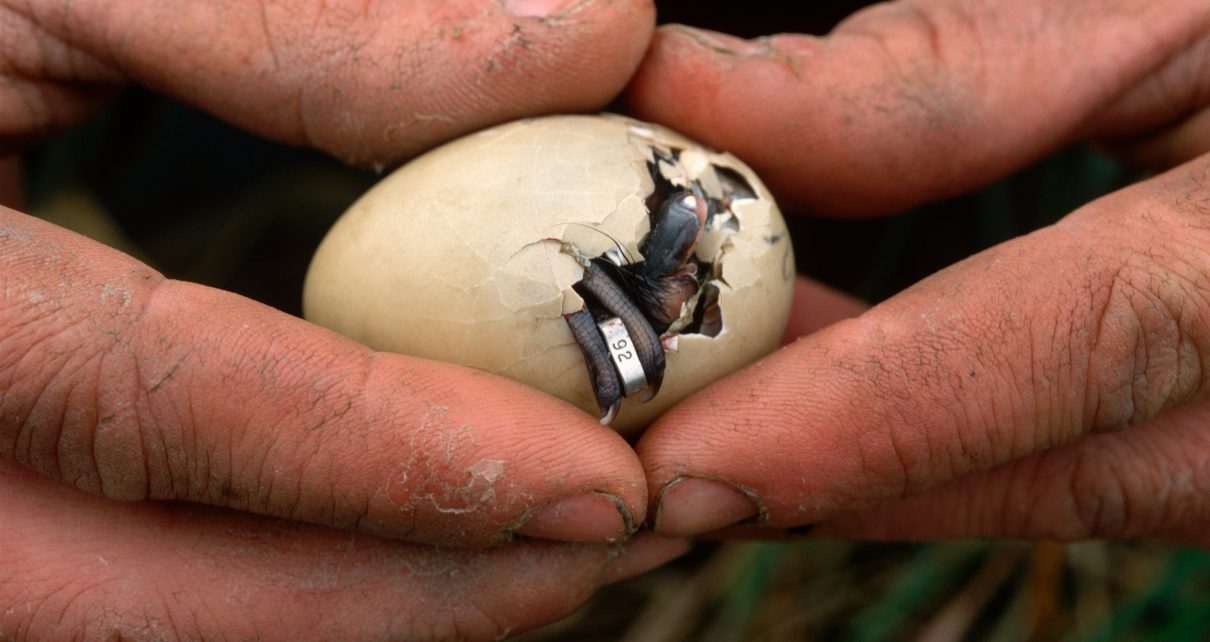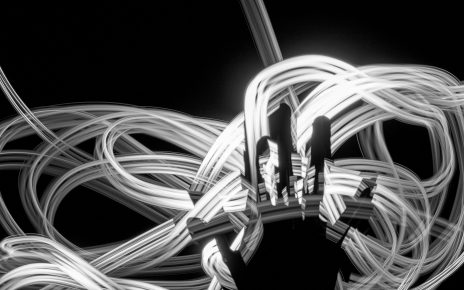Thomas Gillespie was supposed to be in Tanzania to train local researchers how to blow antibiotic-containing darts into endangered primates at just the right angle. But the global coronavirus pandemic has left him stuck in his home office in Atlanta, where he is trying to coordinate the effort via video chat.
Tanzania was only one of a whirlwind of international stops Gillespie had scheduled for February through April. At the very moment when his work—studying the transmission of diseases between animals and humans—is most vital, he has been forced to scale back much of it. “I have a large team working around the world on land-use change and virus spillover,” says Gillespie, who is an associate professor at the Rollins School of Public Health at Emory University. But since the pandemic closed borders, he and his colleagues have “been doing all of that virtually”—at least as much as they can.
Gillespie is just one of countless scientists across the globe whose research and fieldwork have been postponed indefinitely because of travel restrictions. And the impact is not limited to the biological sciences. Physicists and others have had to power down massive particle accelerators. Researchers have been stranded in another country when it suddenly closed its borders. Local social distancing rules are disrupting students’ efforts to learn techniques for the field.
International Efforts
Now more than ever, science is a global and collaborative effort. This situation means global pandemics have an outsize effect on research progress. Being unable to reach fieldwork sites presents “a tremendous challenge on multiple fronts,” Gillespie says. Not only are scientists around the globe cut off from distant locations, but he and others are also seeing diminished capacity on-site because many of the expatriate researchers they rely on have been recalled to their home country.
Additionally, Gillespie’s team is dealing with already vulnerable great apes—which, he fears, could also be susceptible to COVID-19. So the scientists are ramping up their on-the-ground quarantine protocols. Local scientists who have been out of the field site (and in contact with, say, their family) must enter a two-week quarantine before they are allowed to come in contact with the apes. Such precautions could prove essential to protecting vulnerable animal populations—but they also add yet another hurdle for researchers.
Rapid Deceleration
The disruption to international work is impacting numerous scientific fields. Many physicists, for example, rely on trips to, and data from, large-scale experimental facilities, such as CERN near Geneva. But what happens when massive particle accelerators have to be switched off?
In early March CERN reported its first confirmed COVID-19 cases. By the middle of that month, the facility was shut down “for an indefinite period,” says Tim Andeen, an assistant professor at the University of Texas at Austin, who studies particle physics through CERN’s ATLAS experiment. “We put everything in a safe state, so hopefully it doesn’t need any maintenance.”
Right now, he says, “we’re very hopeful that this is just something that sets [research] back. But we’re just beginning to think about these implications.” If the machinery remains off longer than a few months, Andeen adds, he expects that “there’s [going to be] an effect on the field.”
Stranded Abroad
While some scientists are unable to travel to their research stations, a number have been stuck there. In mid-March Brian Enquist, a professor of ecology and evolutionary biology at the University of Arizona, was co-leading an international expedition studying how climate change is impacting wildfires and biodiversity near Peru’s Manú National Park. Then the Peruvian government suddenly closed the country’s borders. Until late last week, more than two dozen members of the group, including faculty members, postdoctoral researchers and students, were stranded.
“For most of us, participating in this was to be a defining experience in our professional lives,” Enquist wrote in an e-mail on March 20, before the majority of the team was able to leave Peru. Then it became a defining personal experience. “Our challenges are not unique, but they are real. We miss our homes and loved ones, especially during these uncertain times.” Adding to the logistic complexity of evacuating was the fact that the group was composed of people from 12 countries—some of whom had been based in yet another nation before traveling to Peru. “We see ourselves as a great snapshot of the collaborative, international nature of research,” Enquist wrote.
Teaching Fieldwork from Afar
As universities around the world move to online instruction, many instructors are filming lectures and polishing slide presentations. But what do you do when your classroom is usually a field site and your material—local flora and fauna—is always changing?
Kathleen Treseder, a professor of ecology and evolutionary biology at the University of California, Irvine, is still figuring that question out. Whereas usually her students would all tromp through the same landscape and look at the same specimens, Treseder says, she will now be asking them “to pick an ecosystem they belong to of their choice”—which could include a local park or one’s own yard. Then, she adds, “I’m going to ask them to study their ecosystem with a series of guided exercises.” For this kind of dispersed learning, the students will have to trade their professor’s identification skills for those involving phone apps.
This teaching method is its own experiment, Treseder notes. But one possible bright spot is that the results could help improve access to fieldwork for an even greater number of potential new scientists. “I really want to open this course up to the public, because why not? I’m recording the lectures and preparing the exercises, so people could be on another continent and still learn from it,” she says. “I want something good to come out of this.”
Read more about the coronavirus outbreak here.



